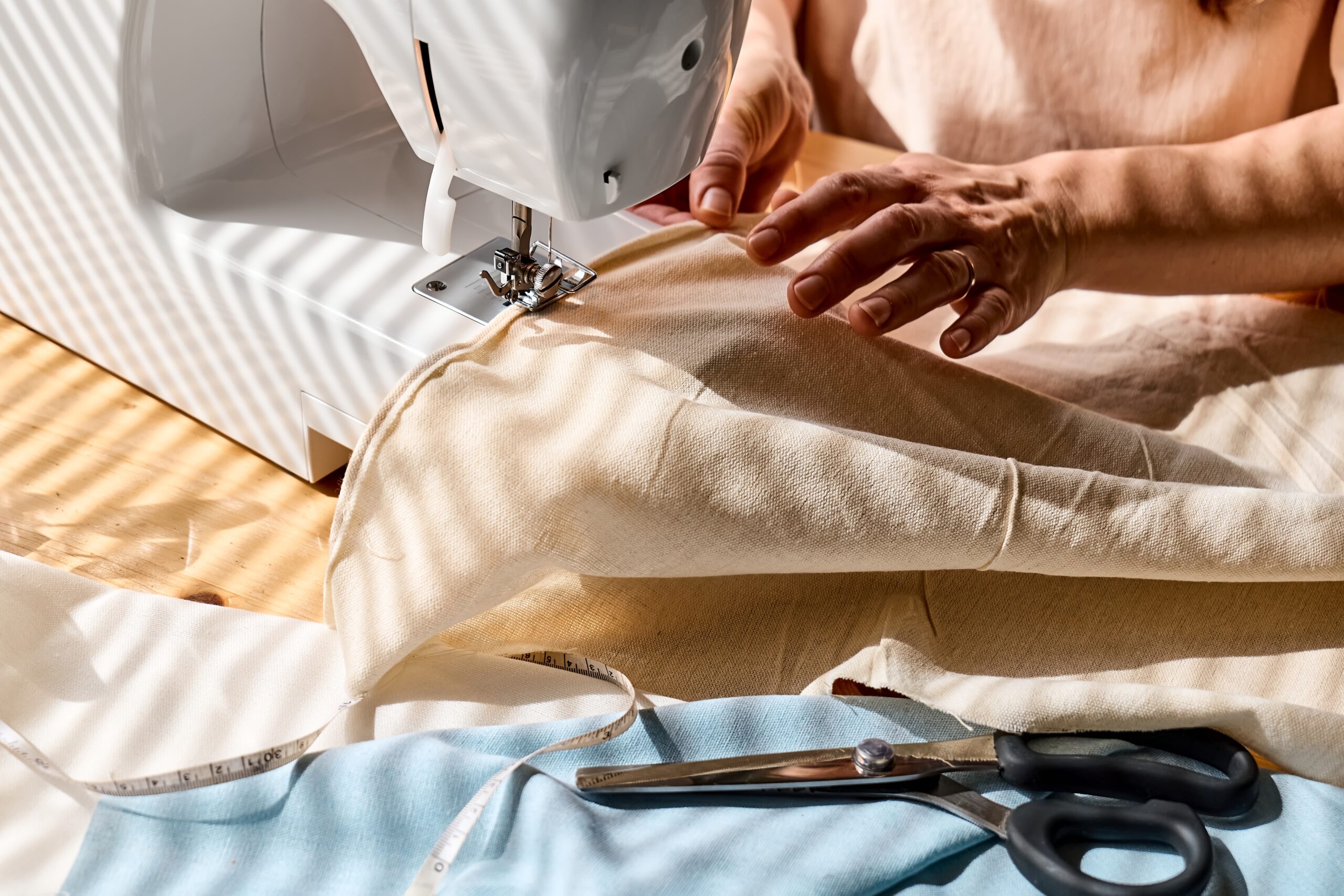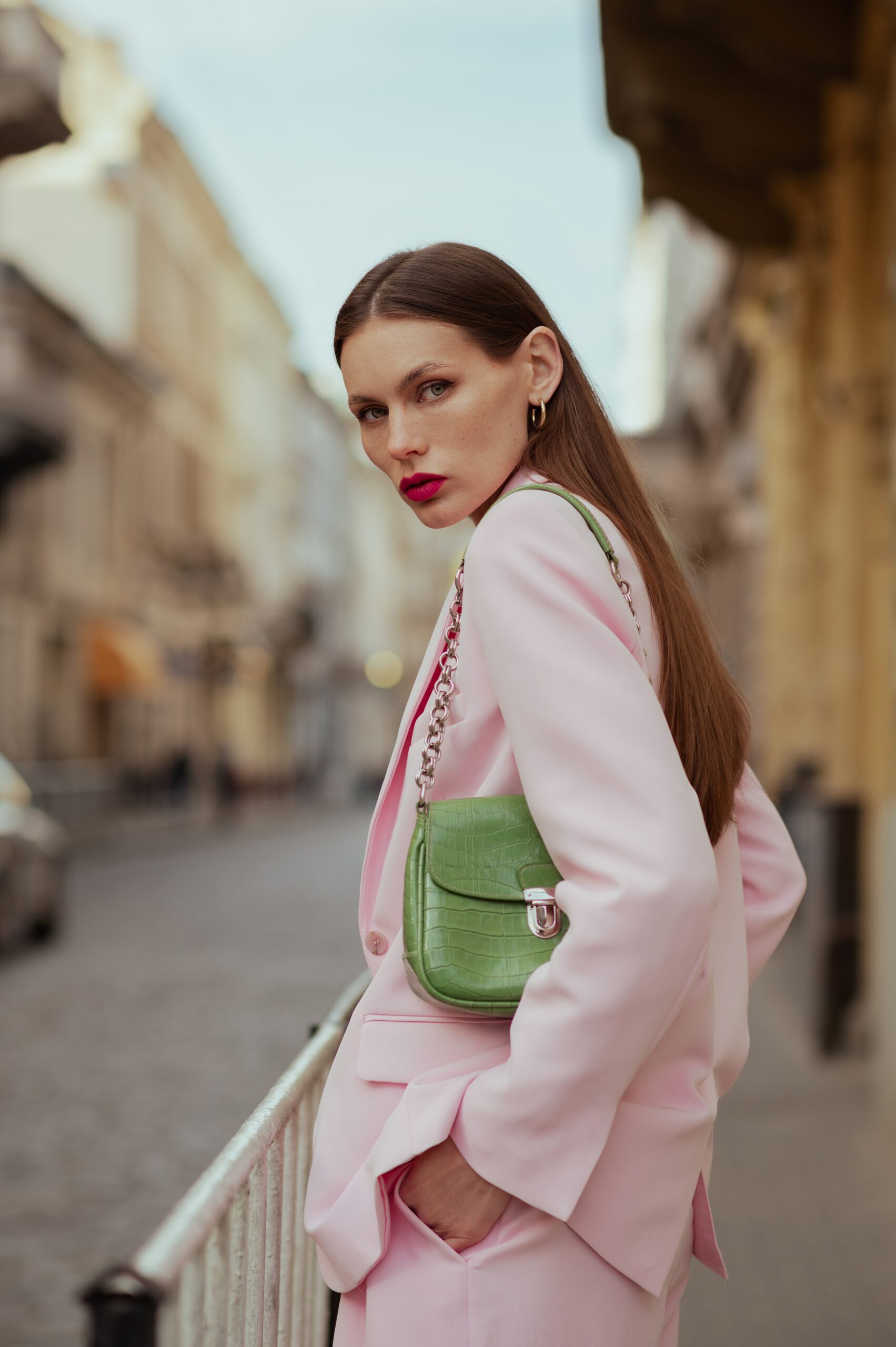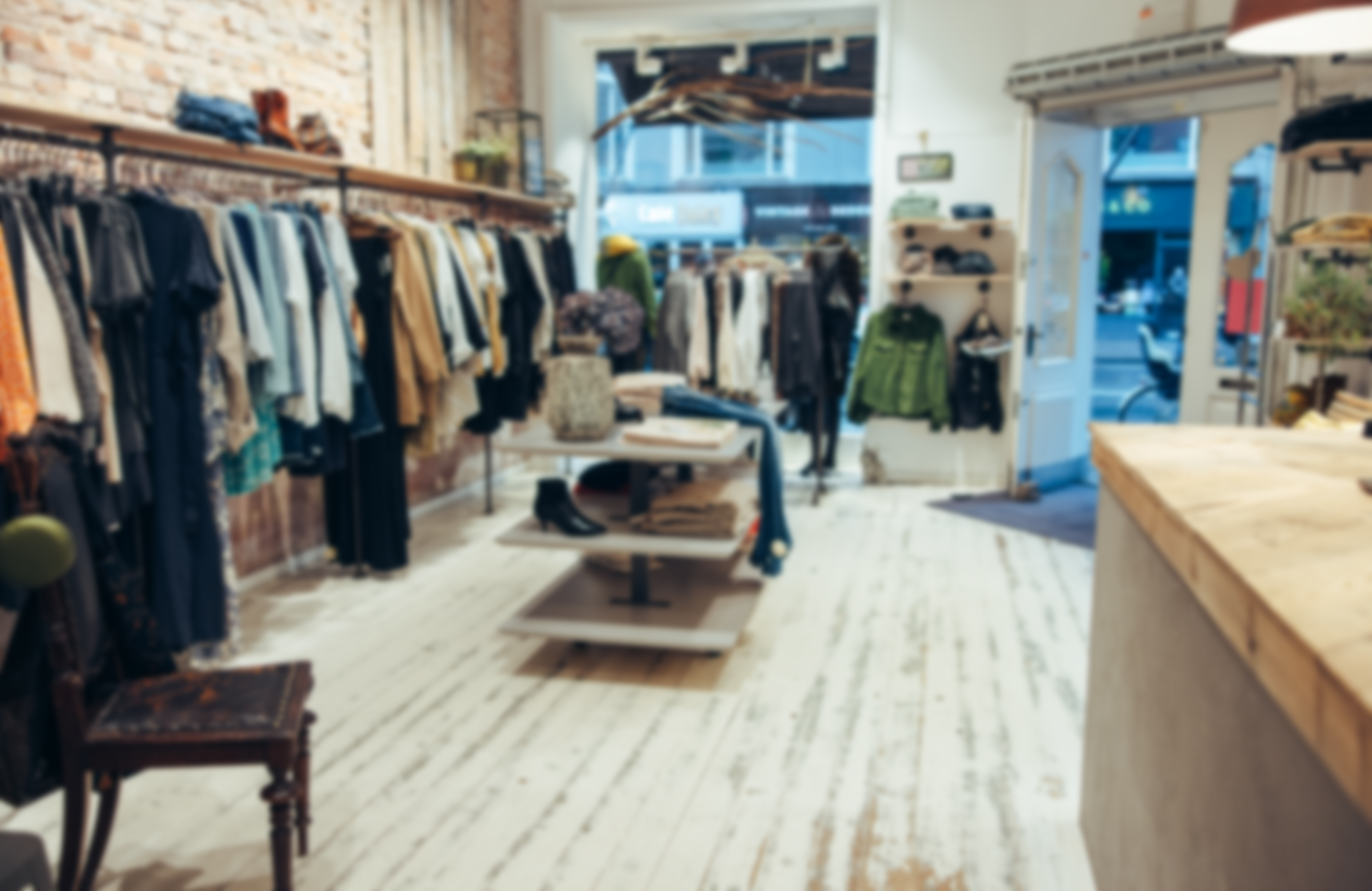Ever noticed how slipping into your favourite outfit makes you stand a little taller, or how certain clothes just feel like a hug for your confidence? That’s not just in your head — it’s psychology. What you wear doesn’t just reflect your mood; it can shape it. In this article, we explore the science behind how fashion influences your feelings, daily mindset, productivity, and even social confidence — plus practical tips to use your wardrobe as a tool for empowerment.
Outline
- The Science of “Enclothed Cognition”
- Mood Dressing: What It Means and Why It Matters
- How Different Styles Impact Your Mood
- Structured & Tailored Pieces
- Soft, Cosy Textures
- Colour Psychology
- Accessories & Detail Choices
- The Confidence Loop: Clothes & Self-Perception
- Dressing Intentionally: Using Fashion to Shift Your Mood
- How to Build a Mood-Boosting Wardrobe
- Final Thoughts: Dress Like You Mean It
The Science of “Enclothed Cognition”
Let’s start with the science bit (don’t worry, no lab coats required). Psychologists coined the term “enclothed cognition” to describe the influence that clothes have on the wearer’s mental processes.
In simple terms:
The clothes you wear don’t just affect how others see you — they affect how you see yourself.
Studies show that people wearing a lab coat performed better on attention tasks when they were told it belonged to a doctor vs. a painter. The takeaway? Clothes carry symbolic meaning, and your brain responds to those signals.
Mood Dressing: What It Means and Why It Matters
Mood dressing is the practice of choosing outfits based on how you feel — or how you want to feel.
It’s a loop:
- You feel low → you throw on sloppy joggers → you feel worse
- You feel tired → you wear something soft and calm → you feel nurtured
- You want to feel confident → you wear something tailored → you stand taller
💡 Clothes can reinforce emotions — or completely shift them. Use that power intentionally.
How Different Styles Impact Your Mood
Let’s break down some wardrobe categories and how they might influence how you feel:
Structured & Tailored Pieces
- Mood impact: Empowerment, confidence, clarity
- Think: Blazers, trousers, crisp shirts, sharp lines
Why? Structure in clothing often translates to structure in thought. If you want to feel more assertive or capable, a blazer or sleek outfit creates that visual — and internal — alignment.
Soft, Cosy Textures
- Mood impact: Calm, comfort, relaxation
- Think: Cashmere knits, oversized jumpers, fleece-lined jackets
Clothes that feel soft on the skin release comfort signals to the brain. This is ideal for anxious days or when you need to feel safe and grounded.
Colour Psychology
Your colour choices say a lot — and do a lot.
| Colour | Mood Effect |
|---|---|
| Red | Energy, confidence, power |
| Blue | Calm, trust, intelligence |
| Yellow | Happiness, optimism, creativity |
| Green | Balance, renewal, stability |
| Black | Authority, elegance, mystery |
| Pink | Kindness, softness, playfulness |
Tip: Don’t wear colour you hate just because it’s “supposed” to cheer you up — your associations with colour matter most.
Accessories & Detail Choices
Sometimes the little things make the biggest difference.
- A statement necklace = instant confidence boost
- Wearing bold earrings when tired = distraction from under-eye circles
- A signature lipstick or perfume = emotional armour
✨ These personal style touches anchor you — especially when everything else feels chaotic.

The Confidence Loop: Clothes & Self-Perception
How you see yourself matters. When you wear clothes that make you feel strong, stylish, or secure, your behaviour starts to align. You hold yourself differently. You speak up more. You walk with intent.
It’s not about vanity — it’s about embodiment.
Ask yourself:
- Which outfits make me feel most me?
- Which clothes do I feel safe in?
- What makes me feel visible (in the right way)?
Confidence dressing is not about being the loudest in the room. It’s about wearing what brings out your best energy.
Dressing Intentionally: Using Fashion to Shift Your Mood
Feeling low-energy? An upbeat outfit can give you a mini mood boost.
Feeling anxious? Opt for calming, grounding textures and colours.
Feeling invisible? A bold print, red lip, or statement jacket can help you take up space again.
Treat getting dressed like a ritual, not a chore.
Try this:
“What version of myself do I need today?”
Then: Dress for her.
How to Build a Mood-Boosting Wardrobe
No need for a whole new wardrobe. Just a few smart changes:
1. Identify your “power pieces”
These are the items that always make you feel like the best version of yourself — the blazer that fits just right, the dress that makes you feel like you own the room.
2. Create outfit formulas for different moods
- Feeling low: Cosy jumper + leggings + statement earrings
- Feeling nervous: Structured blazer + jeans + ankle boots
- Feeling social: Printed blouse + bold lip + hoop earrings
3. Declutter mood-killers
Get rid of clothes that make you feel:
- Guilty (price tag regret)
- Uncomfortable (itchy, tight, awkward)
- Not yourself (someone else’s style, not yours)
Your wardrobe should reflect your energy — not your past shopping mistakes.
4. Use a mood board
Create a digital or physical board of outfits that inspire the way you want to feel. This helps rewire your fashion mindset from “what’s trendy” to “what fuels me emotionally.”
Final Thoughts: Dress Like You Mean It
Fashion doesn’t fix everything — but it can help you feel more grounded, more powerful, more you.
So next time you’re tempted to throw on the same old hoodie and hope no one notices, pause. Ask yourself:
“How do I want to feel today?”
Then pick an outfit that helps get you there — one layer at a time.
Because style isn’t just about what’s on the outside. It’s about how you show up to your own life.








